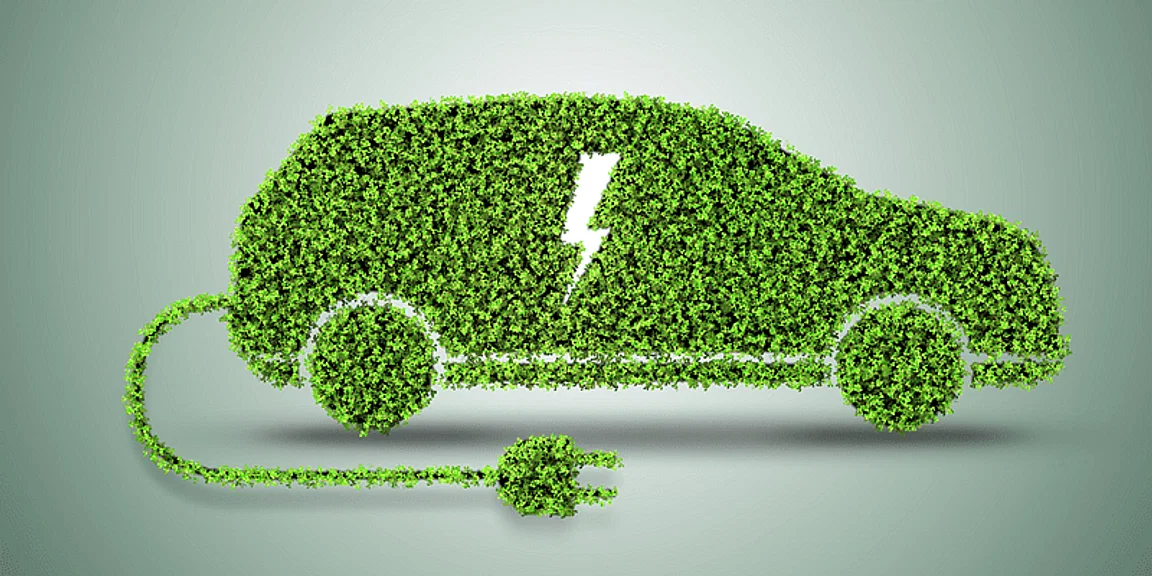The electric vehicle (EV) industry is charging ahead at full throttle, with 2023 witnessing a remarkable surge of 125% in EV sales compared to the previous year. This surge not only reaffirms the EV sector’s promise but also hints at a bright and sustainable future. Let’s delve into the details of this electrifying growth and its implications across various vehicle categories.
The Indian electric two-wheeler segment has been on a thrilling ride, experiencing exponential growth in recent times. A significant driving force behind this growth is the increasing adoption of EVs by delivery aggregators like Swiggy, Zomato, and Zepto. These giants in the food delivery industry have been swift to embrace EVs for their services, ensuring zero-emission deliveries. Not only does this align with their environmental goals, but it also promises substantial long-term cost savings.
Supportive government policies and incentives have played a pivotal role in making electric two-wheelers more appealing to consumers. With subsidies and reduced taxes, electric two-wheelers have become not only eco-friendly but also economically attractive.
Small but agile players, such as YC Electric, Saera Electric Auto Ltd., Ather Energy, and Ola Electric, have carved their niches in the electric two-wheeler market. Their ability to swiftly adapt to market trends and cater to specific segments has given them a competitive edge.
In sharp contrast to the rapid growth of two-wheelers, the electric three-wheeler segment has maintained steady growth over an extended period. These vehicles are favored for their practicality and efficiency in short-distance commutes and last-mile connectivity. Early adoption of electric three-wheelers for intra-city movement has further solidified their presence in the market.
The passenger EV market, dominated by major players like Tata Group and Mahindra Group, has been moving at a slower pace compared to two and three-wheelers. Established automakers have leveraged their existing market presence and resources to penetrate this sector successfully. However, their growth rate in the passenger EV market is comparatively modest.
The Battle of Giants vs. Nimble Challengers
The intriguing question that arises is whether larger automobile players will ultimately dominate the EV sector, or if smaller, agile players will continue their steady growth and retain their positions. Here’s a glimpse of both scenarios:
Large Players: Established automakers possess the advantage of substantial resources, robust manufacturing capabilities, and expansive dealer networks. They are likely to maintain dominance in the passenger EV market, especially concerning premium and high-end electric vehicles.
Smaller Players: Nimble and innovative smaller players have the edge of agility. They can cater to specific niches and market segments where customization and specialization are key. This holds true, particularly in the realm of two and three-wheelers, urban mobility solutions, and specialized EVs designed for specific industries.
In conclusion, the EV market is far from one-dimensional. Success in this rapidly evolving sector hinges on factors like innovation, adaptability to changing consumer preferences, and compliance with evolving regulatory standards. Both large and small players have unique opportunities to contribute to the growth and electrification of the Indian transportation landscape.




